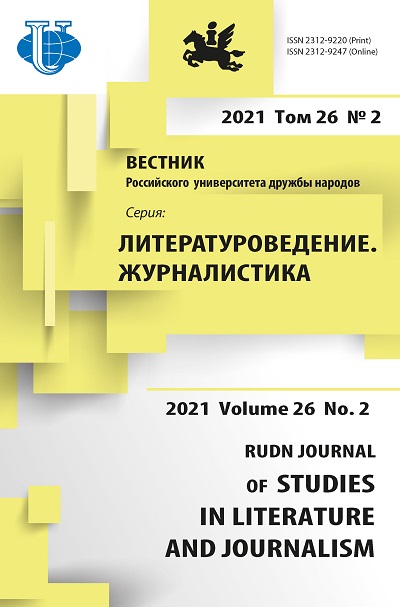Abstract
The development of information and communication technologies and the digitalization of the media space create new opportunities for the popularization of scientific knowledge. There is an objective need to study popular science journalism as an activity that develops a multimedia network format and various media content distribution channels. The work is aimed at analyzing the features of the development of popular science journalism on the Internet in the context of cross-media. The study employed general scientific methods (analysis and synthesis), a method of studying documents with elements of content analysis, a comparative method that includes a comparison of different types of content, as well as data from social network and messenger analytics services. The authors studied media channels and ways to promote media content, its ideological, thematic, and structural characteristics, the features of its transformation on high citation index rating’s scientific-oriented platforms Nplus1.ru and Naked-science.ru. As a result of the conducted research, it was discovered that the audience involved in the studied online media is carried out through a differentiated cross-media presence, the use of rewriting, and reposting processes. Particular attention was focused on the comparative analysis of the media content of official websites, accounts in the social network VKontakte, and Telegram messenger.
















